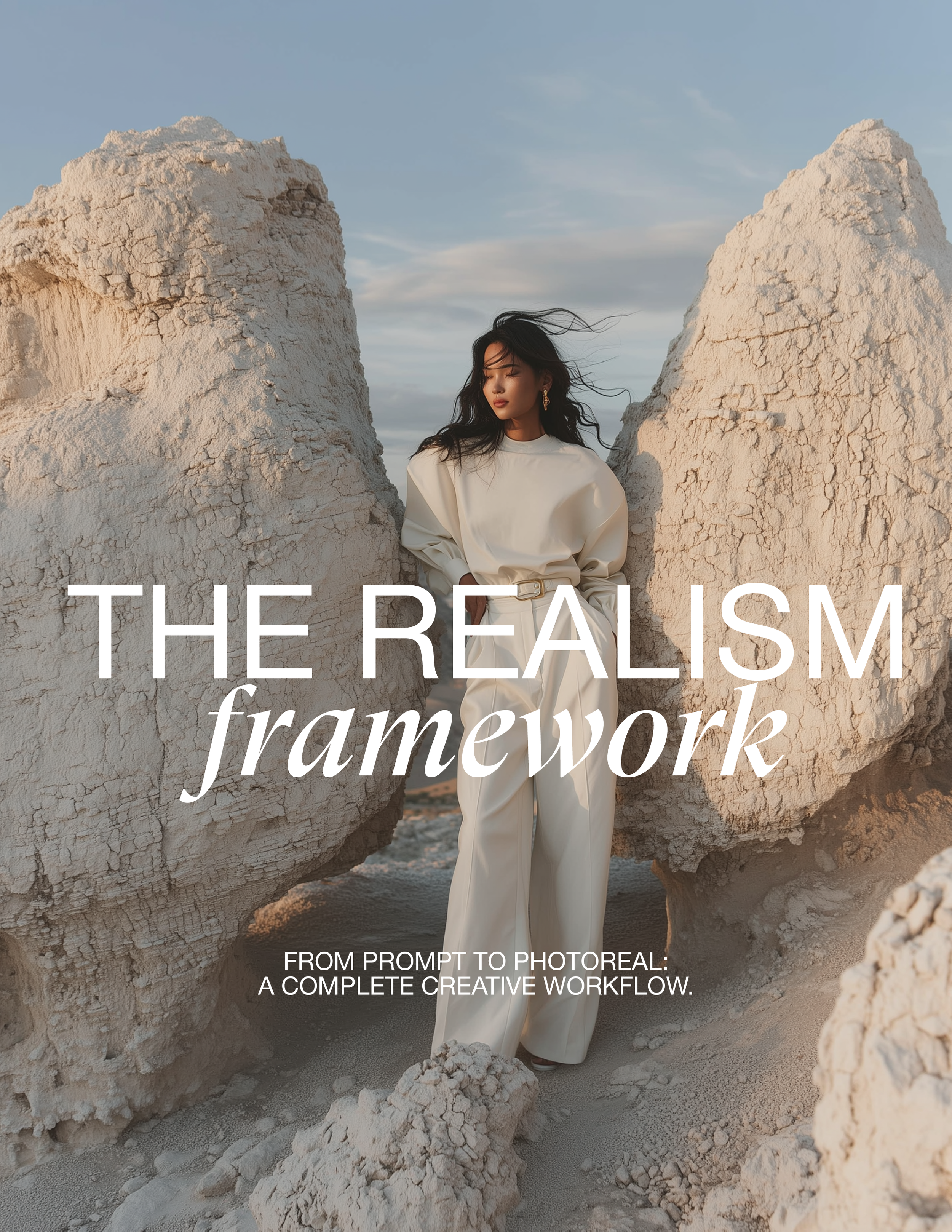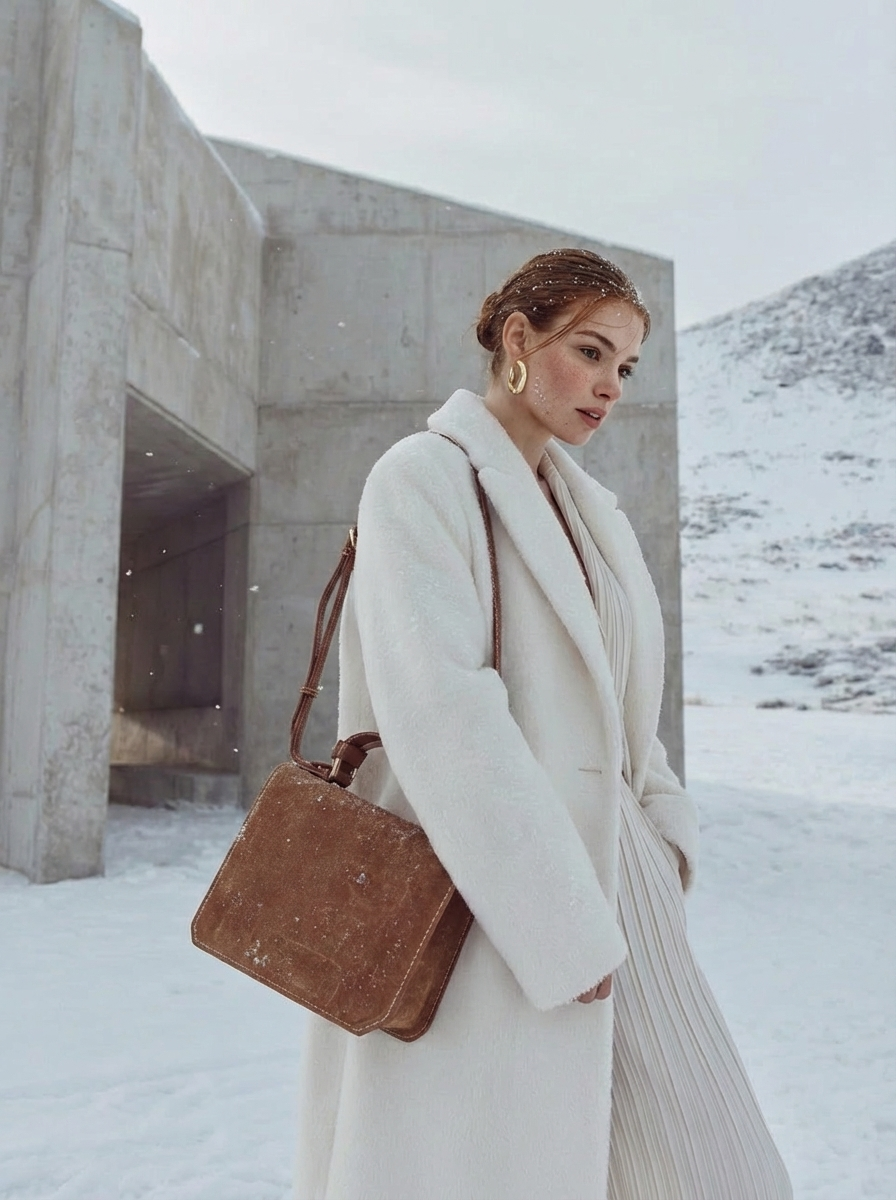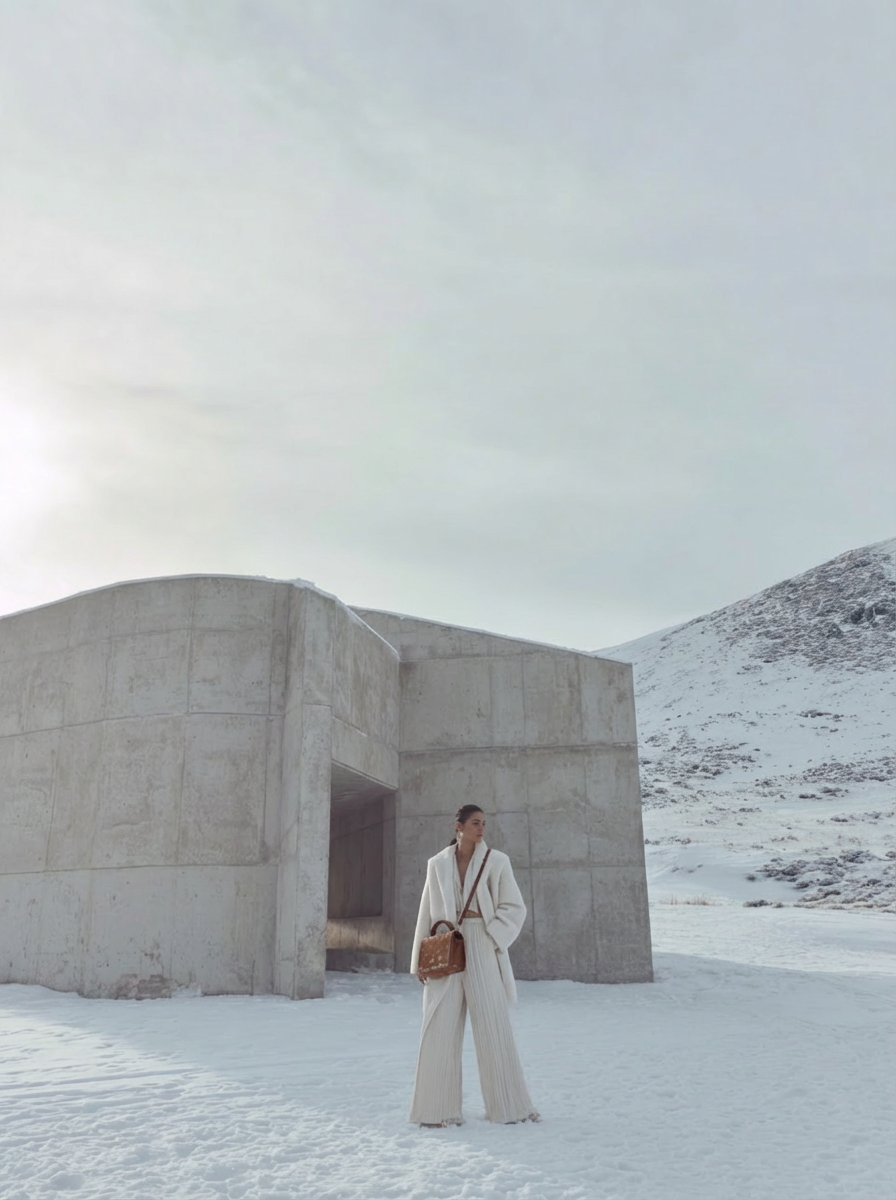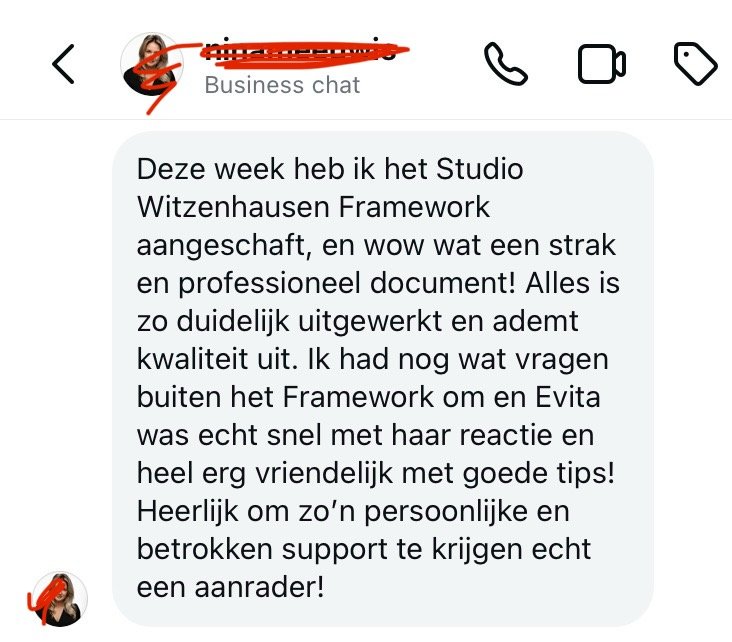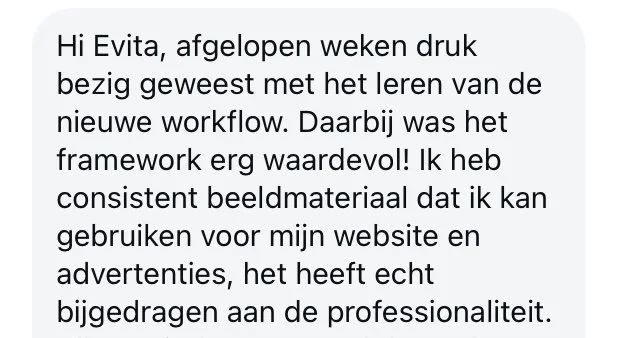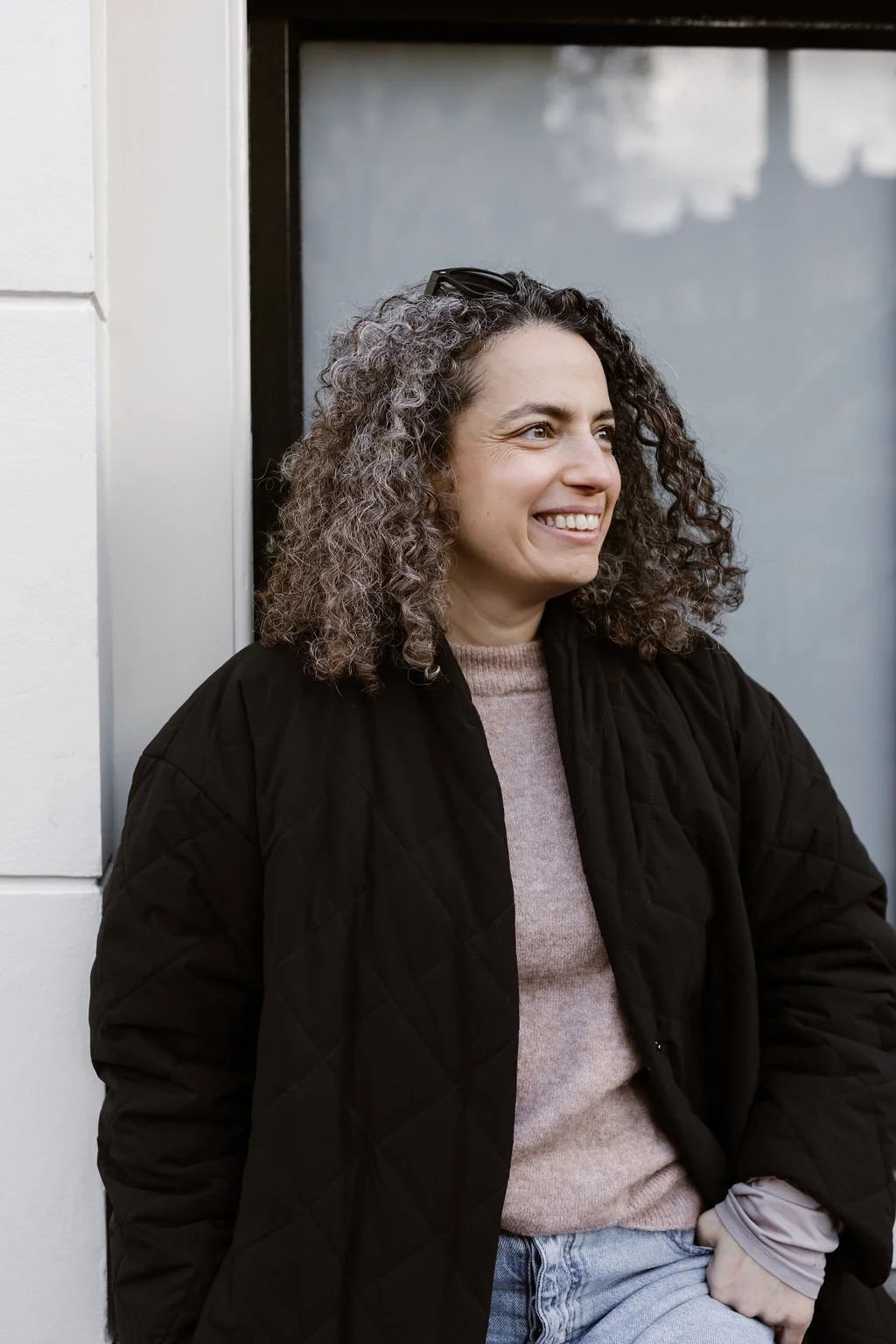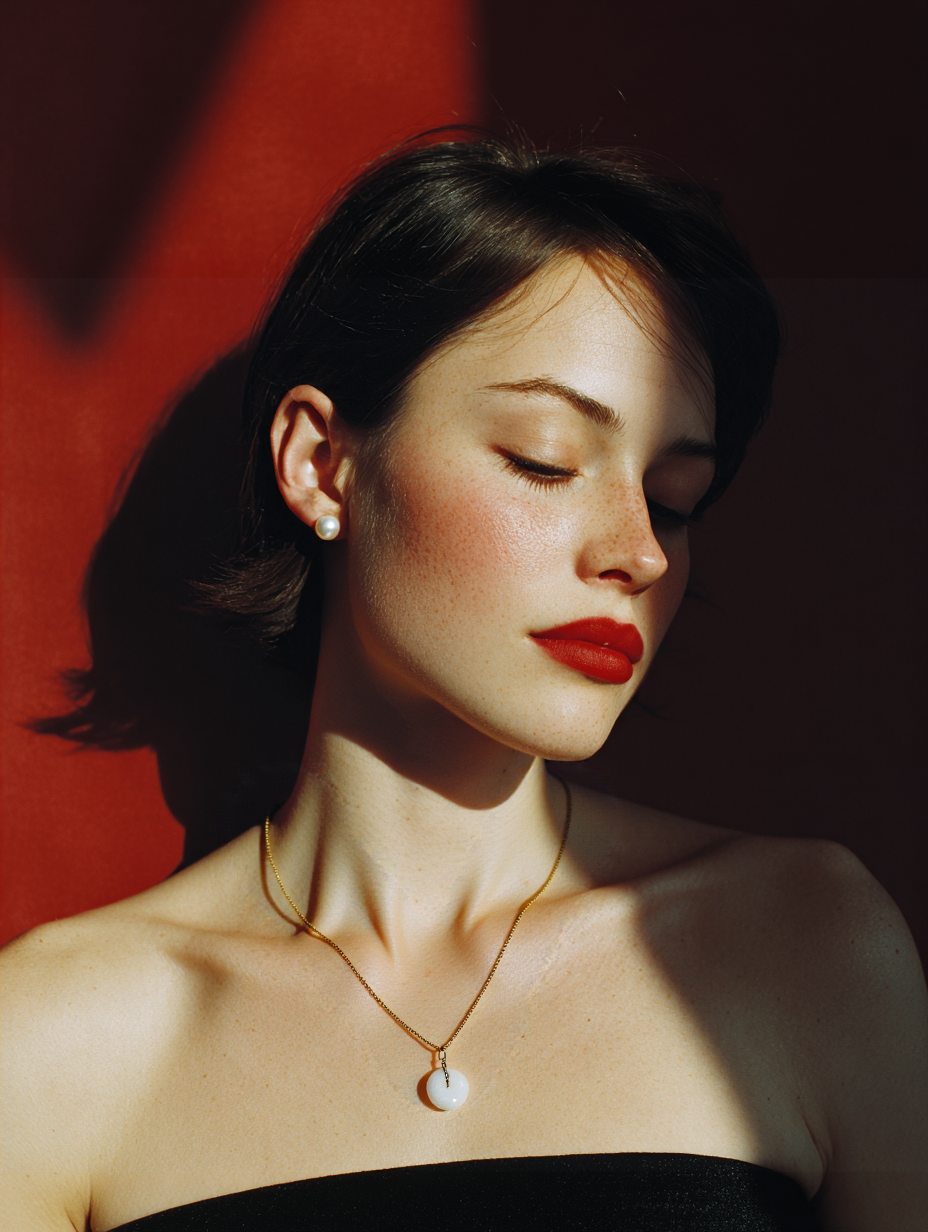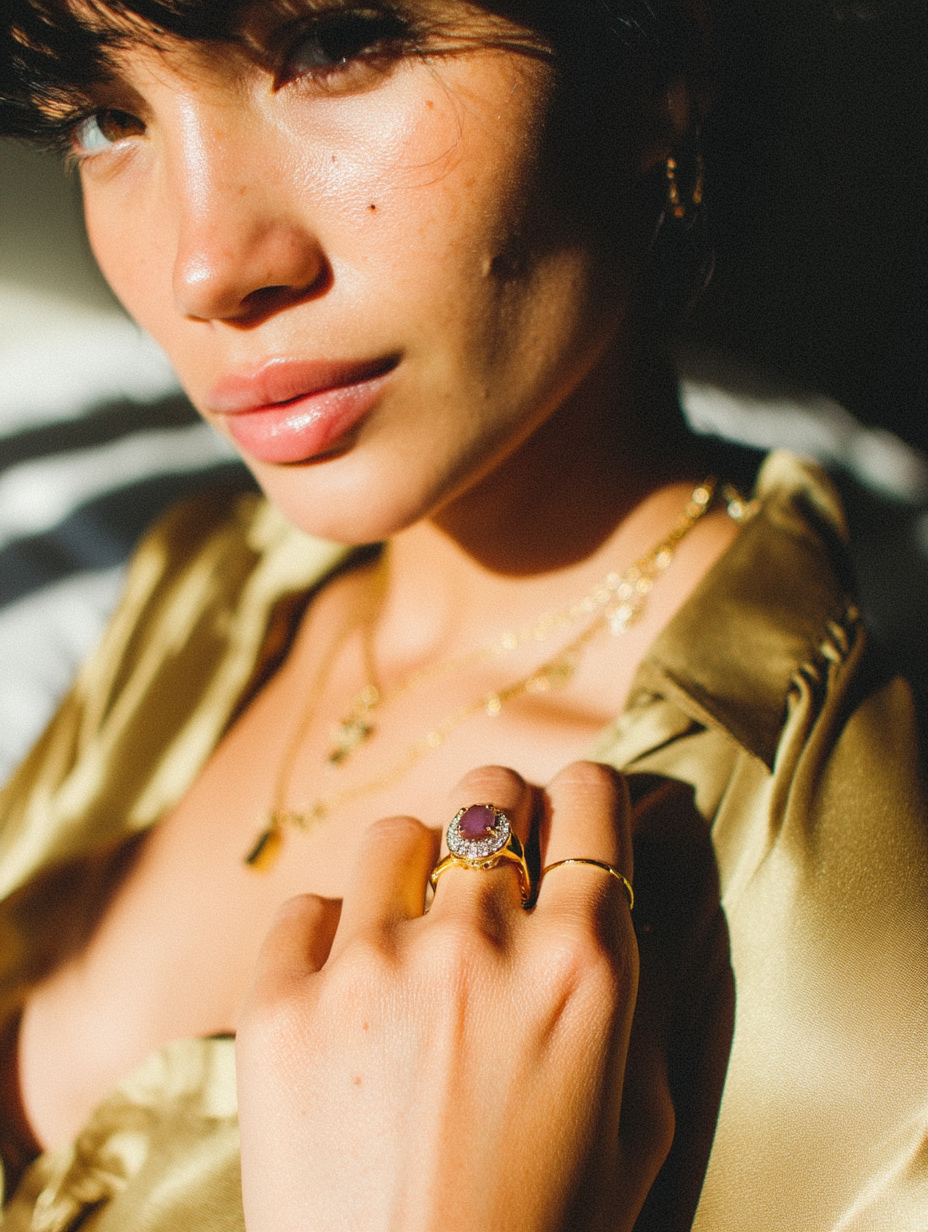THE REALISM FRAMEWORK
\
THE REALISM FRAMEWORK \
INTRODUCING
Not just a course, a creative AI workflow you can actually use.
Create visuals that look real, feel human, and stay consistent across your brand. No more hoping for the right output, you’ll guide AI with a clear structure and a workflow that delivers every time.
This course gives you practical tools, real workflows, and a repeatable system that puts you in full control of your visual identity and your realism.
Why this course actually helps you
Save hours of trial & error
No more guessing prompts or re-doing images. You get a clear workflow that works every time.
Save money on photoshoots
Skip the studio, the photographer, the models, the travel… and still create high-quality, brand-ready visuals.
Create content on your own terms
Any style, any scene, any product whenever you want. No scheduling, no delays, no stress.
Build a consistent visual identity
Your images finally look like they belong together. One tone. One model. One aesthetic.
Bring your products into AI scenes
Make realistic product images without a full production team.
Stay ahead creatively
While everyone else is guessing, you’re building with clarity, direction, and a system that doesn’t break.
Perfect for busy creators
If you want beautiful visuals without the hassle of planning photoshoots, this guide gives you a shortcut that still feels premium.
In this 75+ page course guide
you will learn:
Everything you need to master realism, consistency and direction in your AI visuals.
75+ page Realism Framework Guide, your complete creative system
My full client workflows for consistent, realistic campaign visuals
Reusable templates for clarity and speed
2 in-depth case studies from concept to campaign
FREE BONUS: 200+ keywords to help define your style and tone (value €29)
This is for you if you are:
A brand owner who wants to bring $50K agency work in-house
An entrepreneur looking to add AI service to your offer
A creative ready to create a high-end AI visuals
An agency creative ready to 10x your value or go independent
Meet your educator
AI ART DIRECTOR / DESIGNER / PHOTOGRAPHER /
I’m Evita Witzenhausen, AI art director and founder of Studio Witzenhausen in Amsterdam.
I help brands and creators craft minimalist, high-end visuals using AI, blending design, direction, and technology into one creative process.
Through The Realism Framework, I share the exact workflows I use to create cohesive, campaign-ready images with ease and intention.
Modules
Here’s what’s waiting inside The Realism Framework course, everything you need to master AI visuals from start to finish.
-
How to write prompts that actually work for clarity, consistency, and realism.
Learn the language of light, composition, and materials.
Turn creative direction into visuals that reflect your exact ideas.
-
Get to know Midjourney and Nano Banana, when and how to use each.
Learn which tools to use at exactly the right time for product consistency.
Learn settings, versions, and tips that make your results more realistic.
-
Follow my exact step-by-step systems/workflows I use for client campaigns.
Move from clean studio shots to styled lifestyle sets with ease.
Real case studies: Jewelry & Furniture Campaign
-
150+ curated keywords for styles, moods, lighting, and materials.
Includes real-world industry examples for fashion, interiors, beauty, and product design.
Organized by category for quick inspiration and consistent, professional results.
You’ll go from:
“My images look random and AI…”
to
“Everything I create feels real and on-brand.”
The root of fake and inconsistent results is a lack of structure. The Realism Framework provides that framework, delivering client-ready realistic visuals every time.
Frequently Asked QuestionS
Asked Questions Frequentl
Questions frequently asked
Frequently Asked QuestionS
-
You’ll need MidJourney for creative direction and Nano Banana for editing and consistency. I also mention platforms like Freepik and Higgsfield, which are great places to use Nano Banana directly.
However, the prompting strategies and creative direction principles you’ll learn in this guide can be applied to any AI too, including free alternatives if you already have a preferred choice.
ChatGPT is used throughout the process to refine your ideas, write better prompts, and develop your visual direction.
-
Yes, absolutely. You’ll learn how to integrate your own products into AI-generated scenes, whether it’s fashion, interiors, or lifestyle objects.
The guide shows how to match angles, lighting, and textures so your products look realistic and part of the scene. -
AI is powerful, but not flawless.
This guide teaches you how to refine and select the best outputs, so your final images look polished, cohesive, and professional. -
No experience needed.
The guide starts from the basics and walks you through everything, from how MidJourney works to using Nano Banana for refinement. You’ll learn by doing, not guessing. -
Creators, photographers, designers, and brand owners who want consistent, minimal, high-end visuals. It’s ideal for anyone tired of random AI results and ready for a structured, creative process.
-
Yes, it’s a one-time purchase.
You’ll also get access to all future updates of the guide at no extra cost, including new examples, templates, and resources. -
Because this is a digital product that’s delivered instantly after purchase, I don’t offer refunds. Once the guide is downloaded, you have full access to all the content and resources.
That said, I want you to feel completely confident in your purchase, so if you have any questions before buying, feel free to reach out. I’m happy to help you decide if it’s the right fit for you
No fluff.
No overwhelm.
And no AI or tech experience needed.
Contact us.
info@studiowitzenhausen.com
The Netherlands / Amsterdam
